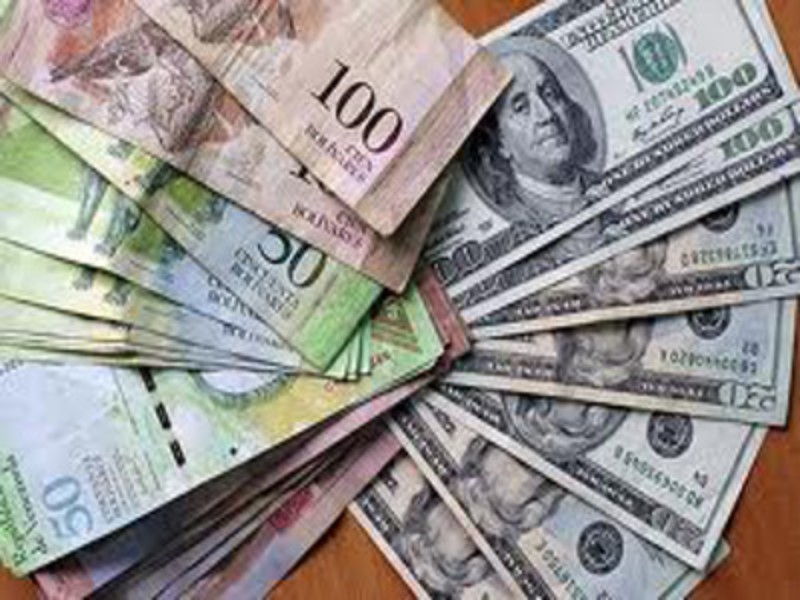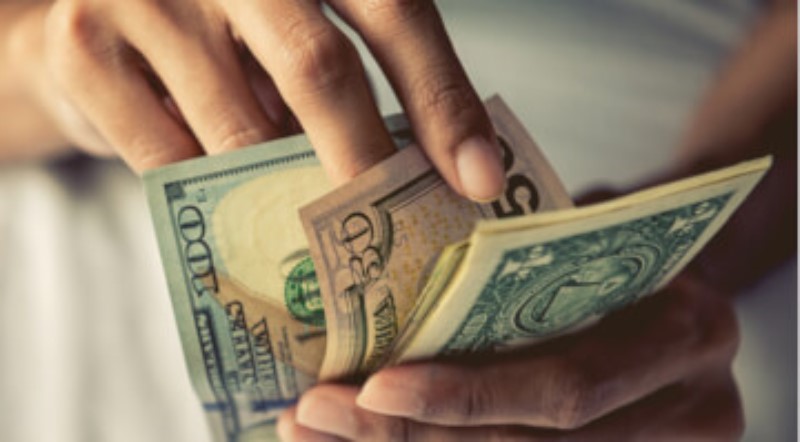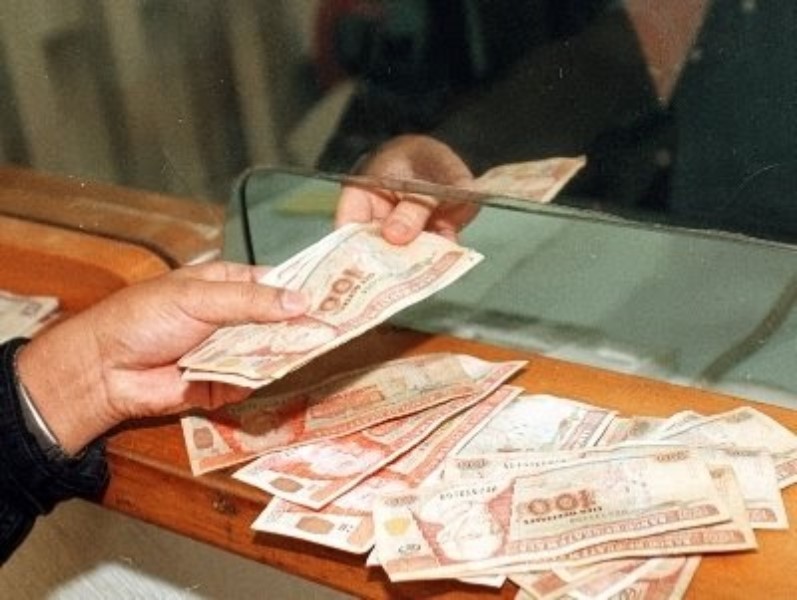

Are you looking for how much 12,000 euros are worth in dollars? You came to the right place! In this article we will present all the details you need to know to convert this amount of money to the US currency.
If you have plans to travel to the United States or simply need to make a transaction in dollars, it is important that you know how much money you are really handling. The exchange rate can vary from one day to the next, but in this article we will show you how to convert quickly and easily.
Read on to find out what the current exchange rate is between the euro and the dollar, how many dollars is 12,000 euros, and some tips so you can get a better idea of the value of both currencies.
Current exchange rate from euros to dollars
Currently, the exchange rate between the euro and the US dollar fluctuates constantly due to fluctuations in international financial markets. The value of one currency relative to another is influenced by a variety of factors, including political and economic decisions, supply and demand, and investor risk aversion.
How the exchange rate is obtained
The exchange rate between the euro and the dollar is based on the price at which one currency can be bought or sold relative to the other. This price is determined in the forex market, where traders buy and sell currencies for profit. The exchange rate is continually updated based on market supply and demand.
How to check the current exchange rate
There are different ways to check the current exchange rate between the euro and the dollar, such as through financial institutions, specialized websites or mobile applications. When making a currency conversion, it is important to note that the exchange rate may vary depending on when the transaction is made and the financial market conditions at that time.
How to calculate the conversion from euros to dollars?

To calculate the conversion from euros to dollars, it is necessary to know the current exchange rate between both currencies. This rate is constantly updated in the financial markets and can fluctuate based on various economic and political factors. A quick way to find out the current exchange rate is through an Internet search or through financial mobile applications.
What formula is used to do the conversion calculation?
Once the current exchange rate is known, the conversion calculation can be performed. The formula is simple: to convert euros to dollars, multiply the amount of euros by the exchange rate. For example, if the current exchange rate is from 1 euro to 1.20 dollars, to find out how many dollars 500 euros are, multiply 500 by 1.20, giving a result of 600 dollars.
What is the best way to convert from euros to dollars?
There are several options for converting from euros to dollars. One of the most common is to go to a bank or exchange house, where you can obtain the current exchange rate and make the conversion. There are also digital platforms that allow you to make the change quickly and easily, although it is important to verify that they are reliable and secure. Another option is to use international credit cards, which automatically convert the balance into the country’s currency when making purchases or withdrawing cash.
How many dollars are 12,000 euros?
The answer to this question depends on the current exchange rate between the euro and the dollar. It is important to note that this rate can change at any time due to market volatility. Therefore, if we want to know how many dollars 12,000 euros are, we must consult the current exchange rate. An easy way to do this is to search the Internet for “euro-dollar exchange rate” and visit one of the specialized finance sites that offer this information in real time.
How to calculate the conversion from euros to dollars?
If we want to calculate the conversion from euros to dollars manually, we can multiply the amount of euros by the current exchange rate. For example, if the exchange rate is $1.20 per euro, then 12,000 euros equals $14,400 (12,000 x 1.20 = 14,400). We can also use an online currency conversion calculator, which will provide us with the result immediately and without calculation errors.
How does market volatility affect the change from euros to dollars?
Market volatility can significantly affect the exchange rate between the euro and the dollar. When the market is volatile, investors can overreact to news, and changes in supply and demand can greatly affect the value of currencies. In addition, political and economic uncertainty can also increase market volatility and therefore affect the exchange rate between the euro and the dollar.
How does market volatility affect the change from euros to dollars?

Market volatility is one of the main factors that can affect the exchange from euros to dollars. Volatility refers to the speed and magnitude with which the prices of financial assets change. When the market is volatile, the price of a currency can rise or fall rapidly based on news and economic events.
The relationship between volatility and the change from euros to dollars
The relationship between volatility and the exchange rate from euros to dollars is important because investors can use volatility to make investment decisions. For example, if investors perceive that the market is volatile and that the euro is going to depreciate against the dollar, they may decide to sell their euros and buy dollars to hedge against a loss in value. In this way, volatility can increase the demand for dollars and reduce the demand for euros, which can affect the exchange rate.
On the other hand, volatility can also affect the real economy and international trade. When the market is volatile, companies may have a harder time planning and making investment decisions, and consumers may feel less confident spending their money. This can have a negative impact on the economy and on the demand for goods and services, which in turn can affect the exchange rate from euros to dollars.
Factors that influence the value of one country’s currency against another

The exchange rate between two currencies is determined by a series of economic and political factors that affect the supply and demand of both currencies. Some of the most important factors are:
Monetary politics
A country’s monetary policy, which includes central bank decisions on the interest rate and the amount of money in circulation, can have a major impact on the value of its currency. An increase in the interest rate, for example, can attract more foreign investment and increase the demand for the local currency, which causes its value to rise.
trade balance
A country’s trade balance, that is, the difference between its exports and its imports, can also influence the value of its currency. A country with a trade surplus, which exports more than it imports, may have a stronger currency because there is more demand for its currency to buy its products. A trade deficit, on the other hand, can weaken a country’s currency because there is less demand for its currency to buy foreign goods.
Political and economic stability
The political and economic stability of a country also plays an important role in the value of its currency. Investors tend to look for countries with strong and stable economies and avoid those with high inflation, political uncertainty or internal conflicts. Therefore, countries with a good reputation in terms of stability attract more foreign investment, which can make their currency stronger.
What is the difference between fixed and floating exchange rate?

Fixed exchange rate: it is a system in which the value of a country’s currency is linked directly to another currency or to a basket of currencies. This means that the country’s central bank intervenes in the foreign exchange market to keep the exchange rate stable. In this system, changes in the supply and demand of the national currency have no effect on the exchange rate.
Floating exchange rate: It is a system in which the value of the currency is determined by the market. The supply and demand of domestic and foreign currency influence the exchange rate. In this system, the country’s central bank does not intervene in the foreign exchange market to keep the exchange rate stable. This system is considered to be more flexible and allows the currency to adjust more quickly to changes in the country’s economy.
Strategies to Hedge Against Exchange Rate Fluctuations

7. Hedging with currency options
One of the most widely used strategies to hedge against exchange rate fluctuations is hedging with currency options. Currency options are financial contracts that give the buyer the right, but not the obligation, to buy or sell a currency at a specified price on a specified date. The buyer pays a premium for the right to buy or sell the currency and, should the exchange rate move against him, he can exercise his option to make a profit and cover any losses.
7.Forex futures contracts
Another common strategy to hedge against exchange rate fluctuations is to use currency futures contracts. Futures contracts are agreements to buy or sell a currency at a future date at a specified price. Unlike options, futures contracts are binding and require both parties to honor the agreement on the expiration date. Like options, futures contracts have a cost (called margin), which must be deposited by both parties at the time of the transaction.
7. Portfolio diversification
Portfolio diversification is another strategy to hedge against exchange rate fluctuations. By investing in different currencies and assets denominated in different currencies, the risk of excessive exposure to a single currency can be reduced. For example, if an investor holds most of his portfolio in euros, he might consider investing in dollar-denominated assets to reduce his exposure to euro currency risk.
